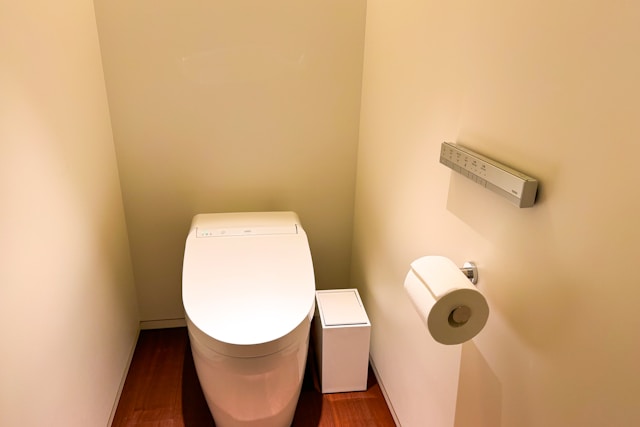As our population ages, ensuring the well-being and comfort of elderly individuals becomes increasingly important. One significant aspect of elderly care is maintaining proper hygiene, which can often be challenging due to mobility issues, sensitivity, or medical conditions. Enter the bidet—a revolutionary bathroom fixture that is transforming hygiene practices in elderly care settings. This article explores how bidets are enhancing bathroom hygiene for the elderly, promoting independence, and improving overall quality of life.
Enhanced Personal Hygiene
Maintaining personal hygiene is crucial for preventing infections and promoting overall health, especially among the elderly who may be more susceptible to health issues. Traditional toilet paper can be abrasive and inefficient, often leaving residue that can cause irritation or infections. Bidets, on the other hand, use a gentle stream of water to thoroughly cleanse the intimate areas, ensuring a higher level of cleanliness and reducing the risk of infections such as urinary tract infections (UTIs).
For elderly individuals with sensitive skin or conditions like hemorrhoids, the gentle cleaning provided by bidets can alleviate discomfort and prevent further irritation. Additionally, bidets help maintain the natural balance of bacteria in the body, contributing to better overall health.
Promoting Independence and Dignity
Many elderly individuals strive to maintain their independence as they age. However, personal hygiene tasks can become challenging due to reduced mobility or strength. Bidets can play a pivotal role in promoting independence by simplifying the hygiene process. With features like adjustable water pressure, temperature control, and easy-to-use controls, bidets allow elderly users to clean themselves thoroughly without needing assistance.
This independence not only preserves the dignity of elderly individuals but also reduces the physical strain on caregivers, making bidets a valuable addition to both private homes and assisted living facilities. By enabling self-sufficiency in personal hygiene, bidets contribute to a sense of autonomy and self-respect among the elderly.
Ease of Use and Comfort
Modern bidets are designed with user-friendly features that cater to the specific needs of elderly individuals. Many bidet models come with ergonomic designs, making them easier to use for those with limited dexterity or strength. Heated seats provide added comfort, especially for those who may experience chills or discomfort while sitting for extended periods.
Additionally, bidets with adjustable settings allow users to customize their experience according to their preferences. Features such as oscillating or pulsating water streams can provide a more comfortable and effective clean, enhancing the overall user experience. For those with arthritis or other conditions that affect hand movement, remote controls or side-mounted controls make operating the bidet straightforward and accessible.
Reducing the Risk of Slips and Falls
Bathroom safety is a critical concern in elderly care, as slips and falls can lead to serious injuries. Bidets can contribute to a safer bathroom environment by reducing the need for excessive toilet paper use, which can create slippery surfaces. By minimizing paper usage, bidets help keep the bathroom floor dry and free from clutter, thereby lowering the risk of accidents.
Furthermore, many bidet models are designed to be easily accessible, with features like adjustable heights or support rails that make it easier for elderly individuals to use them safely. These safety features, combined with the hygiene benefits, make bidets an invaluable tool in promoting both health and safety in elderly care settings.
Environmental and Cost Benefits
In addition to the direct benefits for hygiene and comfort, bidets offer environmental and economic advantages that are particularly beneficial in elderly care. Reducing the reliance on toilet paper not only conserves natural resources but also lowers the cost associated with purchasing and storing large quantities of paper products. For caregivers and facilities managing multiple bathrooms, these savings can be substantial over time.
Moreover, the environmental impact of bidets aligns with a growing emphasis on sustainable practices in healthcare and residential care settings. By adopting bidets, elderly care providers can contribute to broader sustainability goals while enhancing the quality of care they offer.
Conclusion
Bidets are more than just a bathroom luxury—they are a transformative tool that is revolutionizing hygiene practices in elderly care. By providing superior cleanliness, promoting independence, enhancing comfort, and contributing to safety, bidets offer a comprehensive solution to the unique challenges faced by the elderly in maintaining personal hygiene. Additionally, their environmental and economic benefits make them an attractive option for both private households and care facilities.
As awareness of the benefits of bidets continues to grow, they are poised to become an essential fixture in elderly care, ensuring that our seniors can maintain their dignity, health, and independence with ease and comfort.


